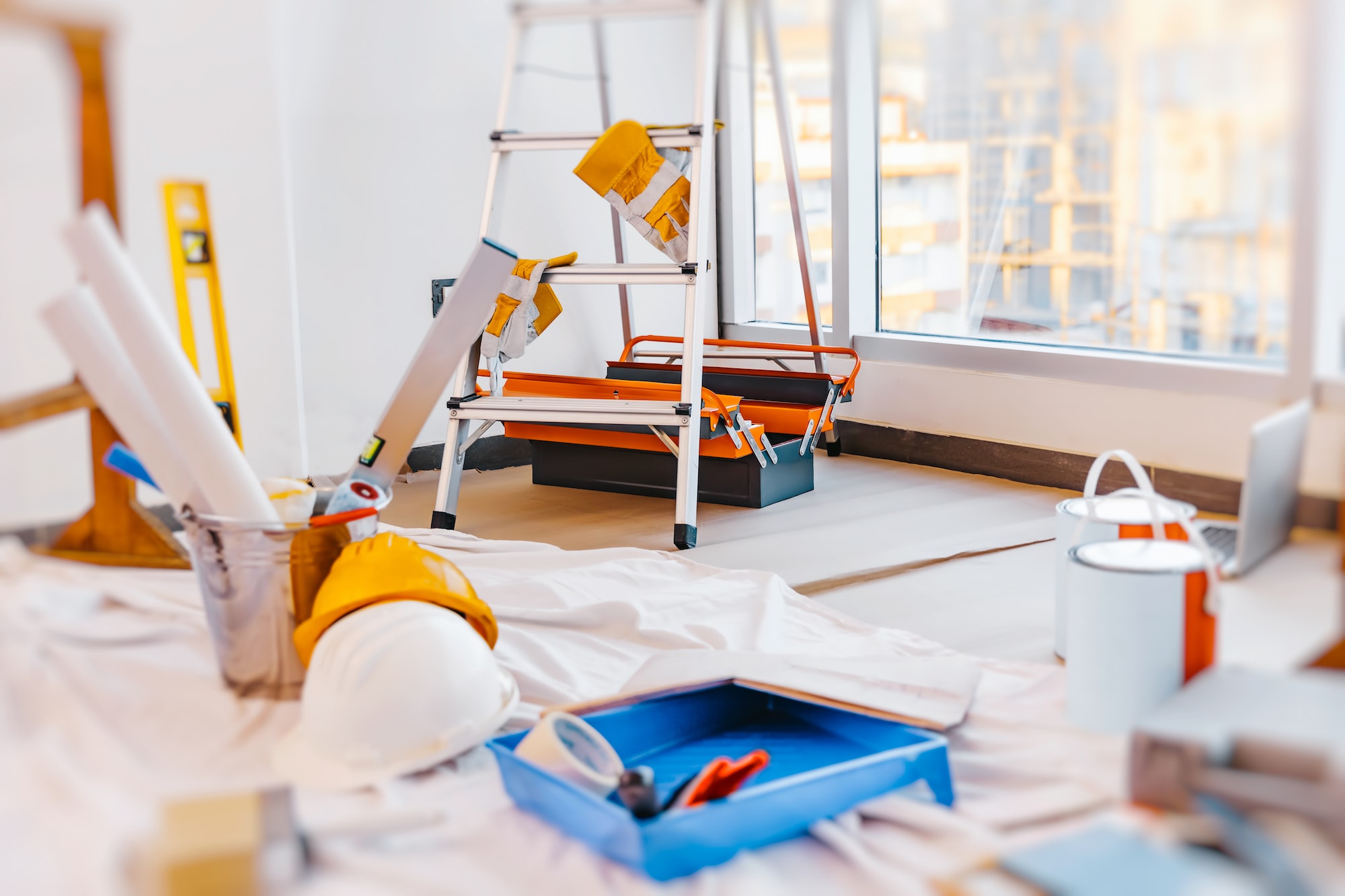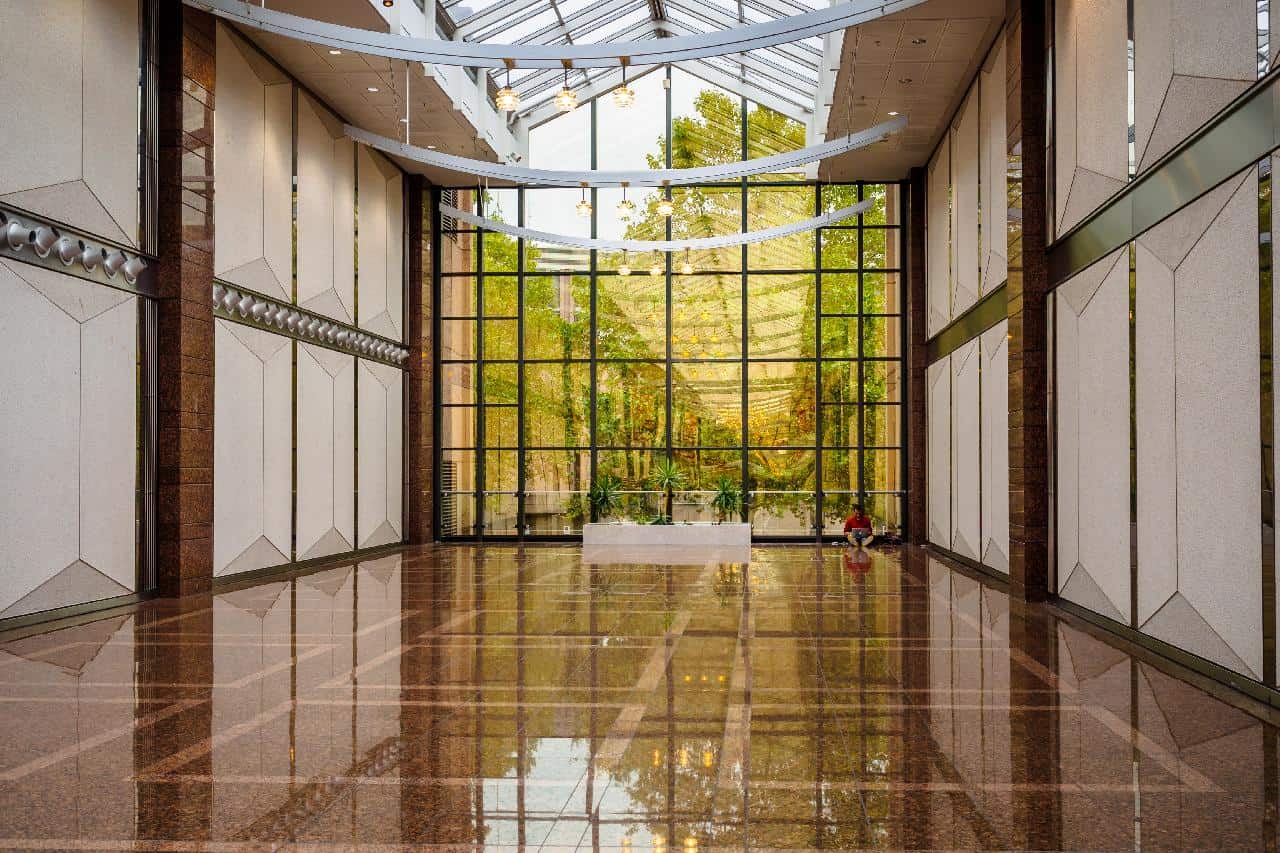Home renovations are a great way to improve your living space and make your home more valuable. However, without proper planning and research, these projects can lead to costly mistakes, like the wrong choice of materials or designs, measurement errors, budgeting issues, and unexpected delays.
Fortunately, there are ways to prevent these issues and ensure your home renovation project goes as smoothly as possible. By researching materials and designs, obtaining multiple quotes from reliable contractors, and allowing sufficient time for planning and completion, you can minimize the chances of problems occurring during your home renovation.
Let’s explore the four most common issues people usually encounter in home renovation projects and how to prevent them.
1. Plumbing Issues
Plumbing issues include inadequate water pressure, leaking pipes, clogged drains, and faulty fixtures.
You must ensure that all pipes and fixtures are well-installed and functioning. Regular maintenance, such as checking for leaks and inspecting pipe connections, can help to identify potential problems before they become severe.
Remember to use quality materials when installing pipes or fixtures. Opting for low-quality alternatives can cause corrosion and other issues over time.
2. Electrical and Ventilation Problems
Problems with electrical wiring are also common during renovations. All wiring and connections should be installed correctly and inspected regularly to check for any signs of potential safety hazards. Quality materials such as copper or aluminum can significantly reduce the risk of electrical problems.
Then there are ventilation issues, leading to poor air quality and an uncomfortable environment. To prevent these problems, ensure that ducts and vents are clean and debris-free. You should also inspect the system regularly, as dirty filters can cause reduced efficiency or malfunctions if left unchecked.
3. Foundation Cracks and Damages
Foundation cracks and damages are two other frequent problems during home renovation projects. Poor soil conditions, changes in moisture or temperature, and faulty construction practices can all lead to cracks. To prevent these, you must ensure that the ground beneath the foundation is stable and that fill materials are well compacted. Also, establish adequate drainage around the house, and install gutters to keep water away from vulnerable areas. Fortunately, city governments are also taking preventative measures on a large scale. For example, the G Ross Lord Park, named after one of the most established Canadian flood control engineers, was created to reduce the flooding risk in the North York district of Toronto.
Crack repairs may be necessary in some cases. They involve sealing or repairing existing cracks before they worsen and create more significant problems down the road. Seek professional assistance, as these repairs involve complex work such as underpinning and parging.
4. Poor Use of Space and Other Layout Issues
Poor use of space and other layout issues can quickly spiral into other problems if not addressed early. Without careful planning and execution, common mistakes such as overcrowding, inadequate storage, and lack of traffic flow can create an uncomfortable atmosphere in the home. There are some key steps you can take to avoid this.
Whether you bought the property as a second home or as an investment, establish what will be most important in terms of both function and aesthetics. Evaluate each area individually to ensure that all features will fit together cohesively when finished.
When possible, work with professionals that can guide the best ways and tactics to use the space effectively. They can offer advice on furniture layout and lighting, as well as how to maximize storage capacity and traffic flow.
Another good idea is to measure everything twice before making final decisions. This will give you an accurate understanding of how much room is available and what size of furniture or fixtures might fit well within your layout plans.
Best Prevention Strategies
- Before starting your renovation project, have a detailed plan that outlines the schedule, budget, and materials needed for each step of the project. This will give you an accurate timeline of when to expect completion and help you keep costs in check.
- When looking for contractors to work on your home, verify that they have the necessary qualifications and experience to do the job correctly and professionally. Ask them questions about their past projects and get a few references beforehand.
- Be realistic about time frames. Do not overestimate the time it will take to finish your project — allow for delays and contingencies that may arise during the renovation. This will help keep you from feeling overly stressed or disappointed with the overall timeline and help you manage costs more efficiently.
- Track the materials used throughout the project to prevent getting overcharged. Invest in quality materials rather than cheap alternatives that may be less durable and require more frequent maintenance.
- Before starting any major renovations, double-check that you have obtained all necessary permits and licenses. Not doing so could lead to legal trouble, fines, or penalties. Also, do your due diligence and check with local authorities before beginning any work on your home.
- If issues with your contractors were to arise and a peaceful resolution appears difficult, consider writing a demand letter before taking more serious legal actions. This will show your contractors that your intentions are serious and that you are giving them a last chance to resolve the issue in a way that doesn’t force both parties to incur significant legal expenses. If all else fails, it may become necessary to sue contractors that failed to meet their obligations. However, this should always be considered a last resort as litigation costs can be high and legal procedures can take time and cause stress. For all these reasons, it’s best to exhaust all other alternatives before pursuing legal action.
Final Thoughts
While a home renovation can seem like a daunting project at first, it doesn’t have to be. You are now well aware of some of the most common issues in home renovation, and with that, in a better position to avoid them. We wish you a smooth and enjoyable home renovation!
Discover more from Futurist Architecture
Subscribe to get the latest posts sent to your email.



